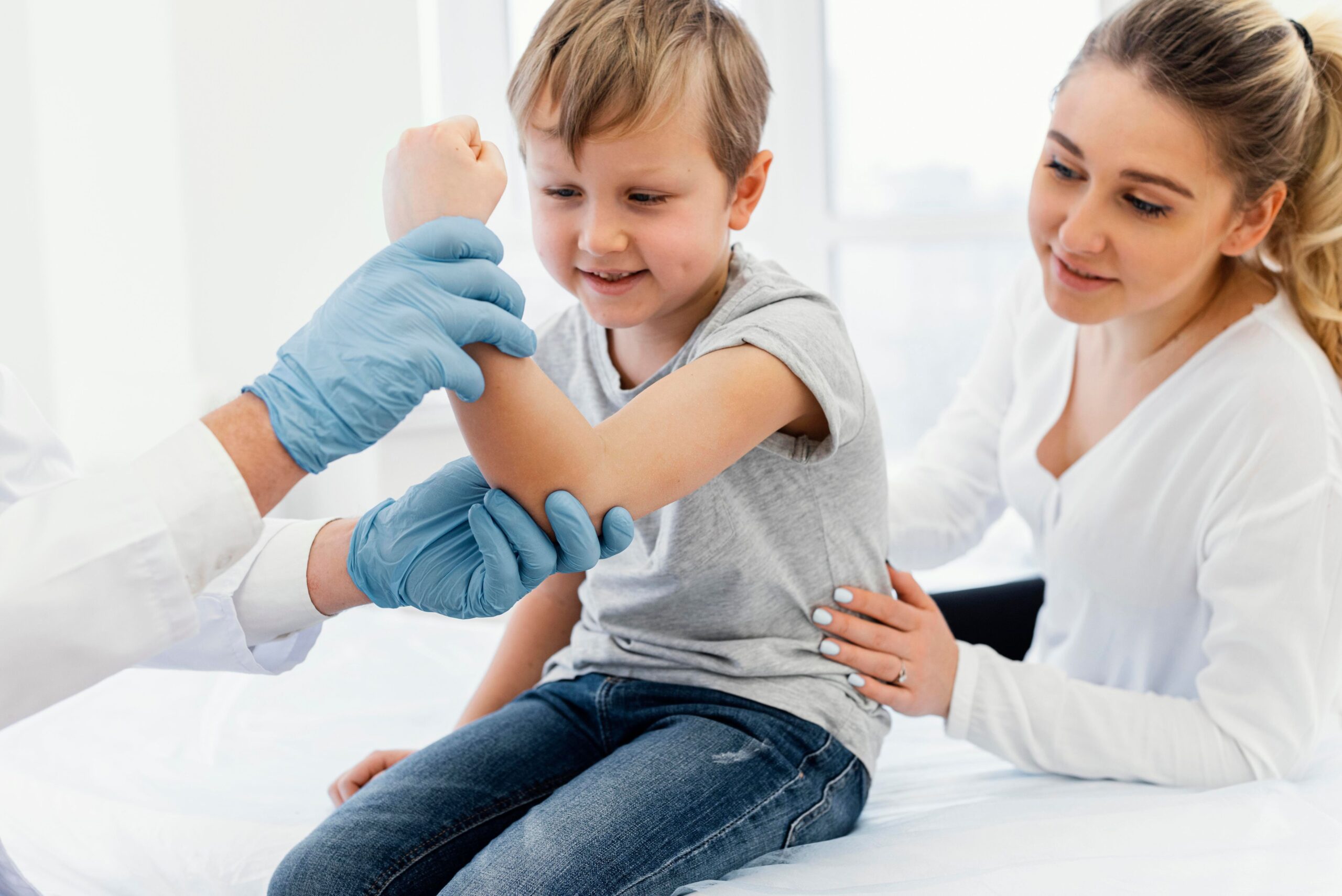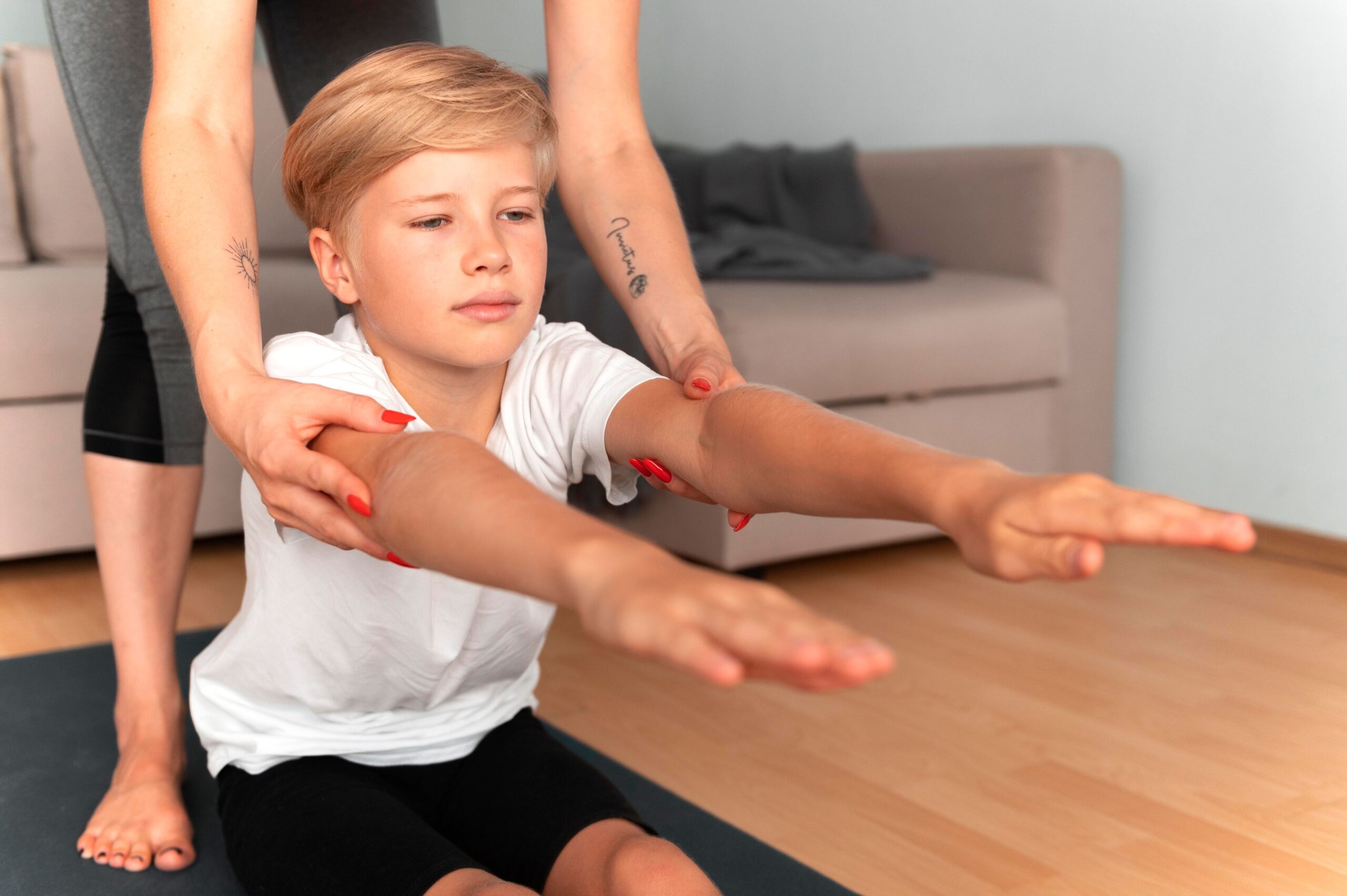
Most fevers in children are short-lived and caused by common viruses. But what happens when a fever doesn’t go away—and is joined by a rash, red eyes, or swollen hands and feet? Kawasaki disease is a rare but important cause of persistent fever in young children.
Though it may sound unfamiliar, early recognition and treatment of this condition are essential, mainly because it can affect the heart.
What Is Kawasaki Disease?
Kawasaki disease is an acute inflammatory illness that mainly affects children under the age of five. It causes widespread inflammation in the blood vessels (vasculitis), especially those supplying the heart. While its exact cause is unknown, it is not contagious and is believed to be triggered by an abnormal immune response to infection in genetically predisposed children.
What Are the Symptoms?
Kawasaki disease typically develops in phases, starting with a high fever that lasts more than five days. Other common signs include:
- Red eyes without discharge (conjunctivitis)
- Red, cracked lips and a bright red tongue (“strawberry tongue”)
- Skin rash on the torso or genital area
- Swollen hands and feet, often with redness or peeling skin
- Swollen lymph nodes, usually in the neck
- Irritability and poor feeding in infants
Not all symptoms appear at once, which can make diagnosis tricky.
Important: Kawasaki disease is a serious illness that causes inflammation in blood vessels throughout the body and can affect the heart. Early symptoms include high fever lasting more than 5 days, red eyes, red or cracked lips, a red tongue (often called “strawberry tongue”), rash, swollen hands and feet, and enlarged lymph nodes in the neck. If Kawasaki disease is suspected, the child must be evaluated urgently—prompt treatment within 10 days of fever onset significantly reduces the risk of heart complications such as coronary artery aneurysms. If your child has a persistent fever with several signs, seek medical attention immediately.
Why Is It Important to Catch Early?
The biggest concern with Kawasaki disease is that it can affect the coronary arteries, which supply blood to the heart muscle. In some children, this leads to coronary artery aneurysms—a serious complication if left untreated.
However, if the disease is recognized early and treated promptly, most children recover fully without lasting effects.
How Is It Diagnosed?
There is no single test for Kawasaki disease. Doctors rely on the pattern of symptoms and may use:
- Blood tests (to look for inflammation)
- Echocardiogram (ultrasound of the heart) to check the coronary arteries
- Other imaging tests as needed
Children suspected of having Kawasaki disease are usually admitted to hospital for monitoring and treatment.
How Is It Treated?
Treatment should begin as soon as possible—ideally within 10 days of symptom onset. The primary treatment is:
- Intravenous immunoglobulin (IVIG) – reduces inflammation and lowers the risk of heart complications
- Aspirin – used to reduce fever and inflammation and prevent blood clots
Most children respond quickly, with fever dropping and other symptoms improving within 36–48 hours after treatment.
What Happens After Recovery?
Children need follow-up echocardiograms to monitor their coronary arteries even after the acute symptoms resolve. In most cases, children return to normal activities soon after recovery.
Only a small percentage develop lasting heart problems, mainly if treatment is delayed. With early diagnosis and care, long-term outcomes are excellent.








